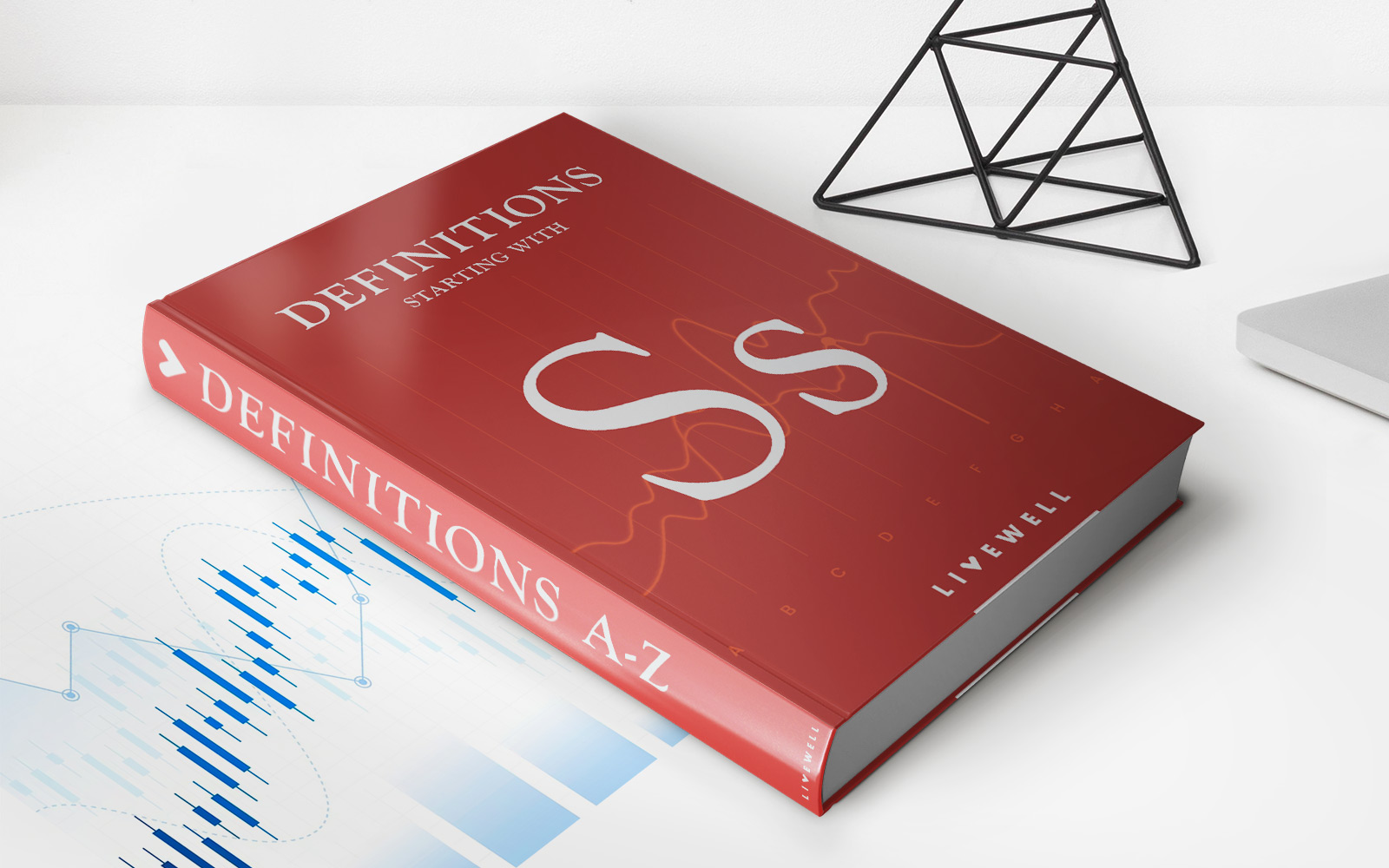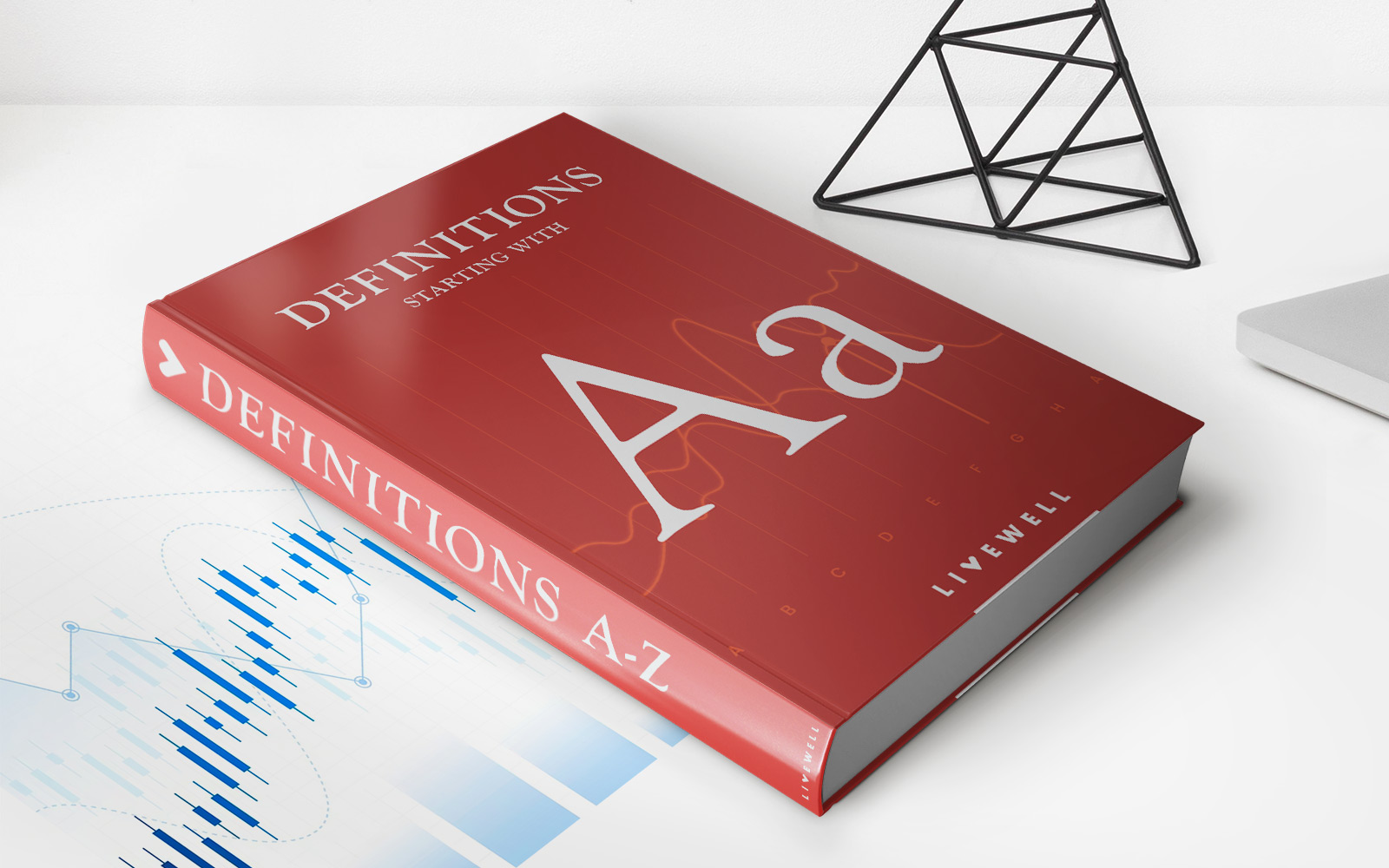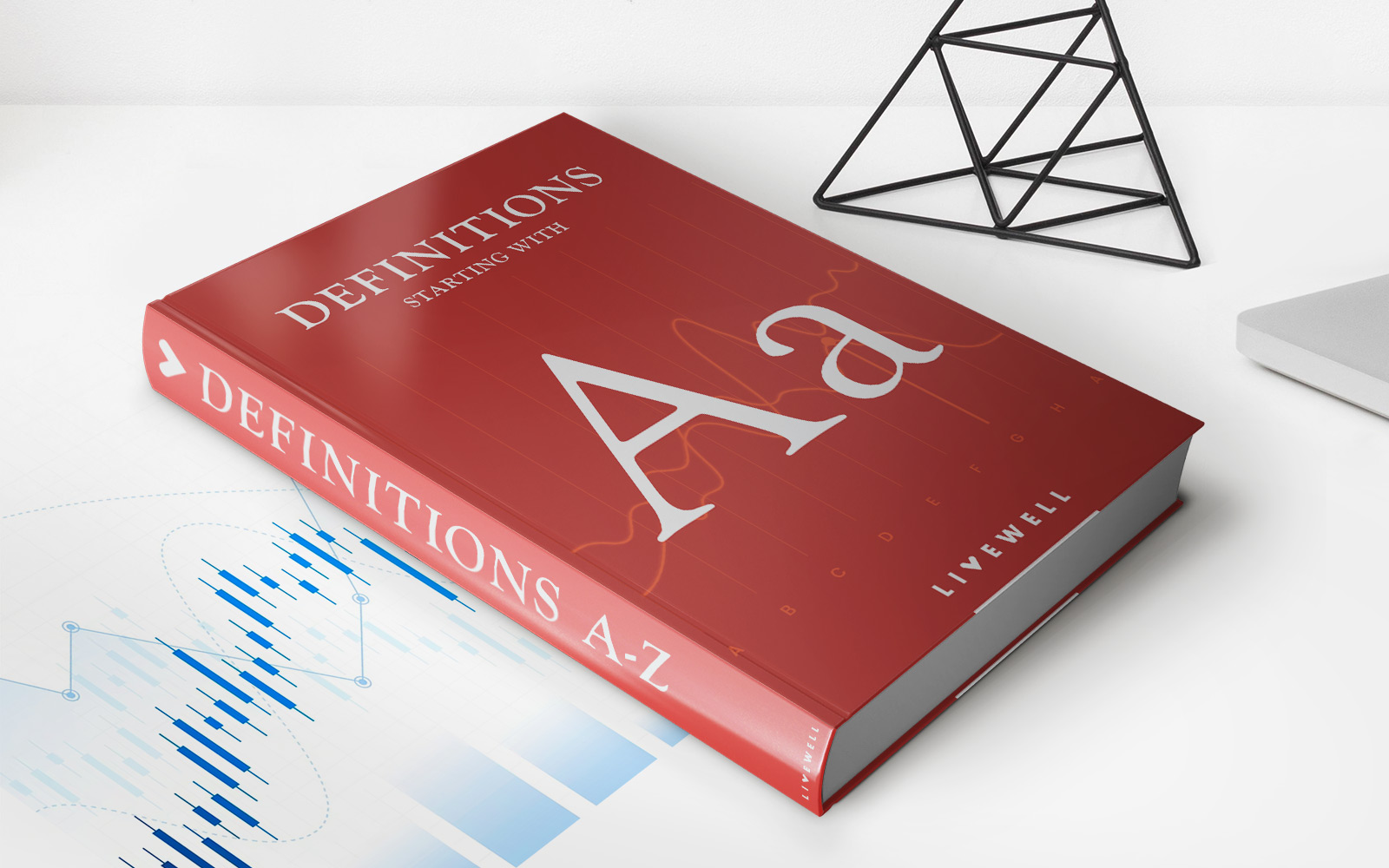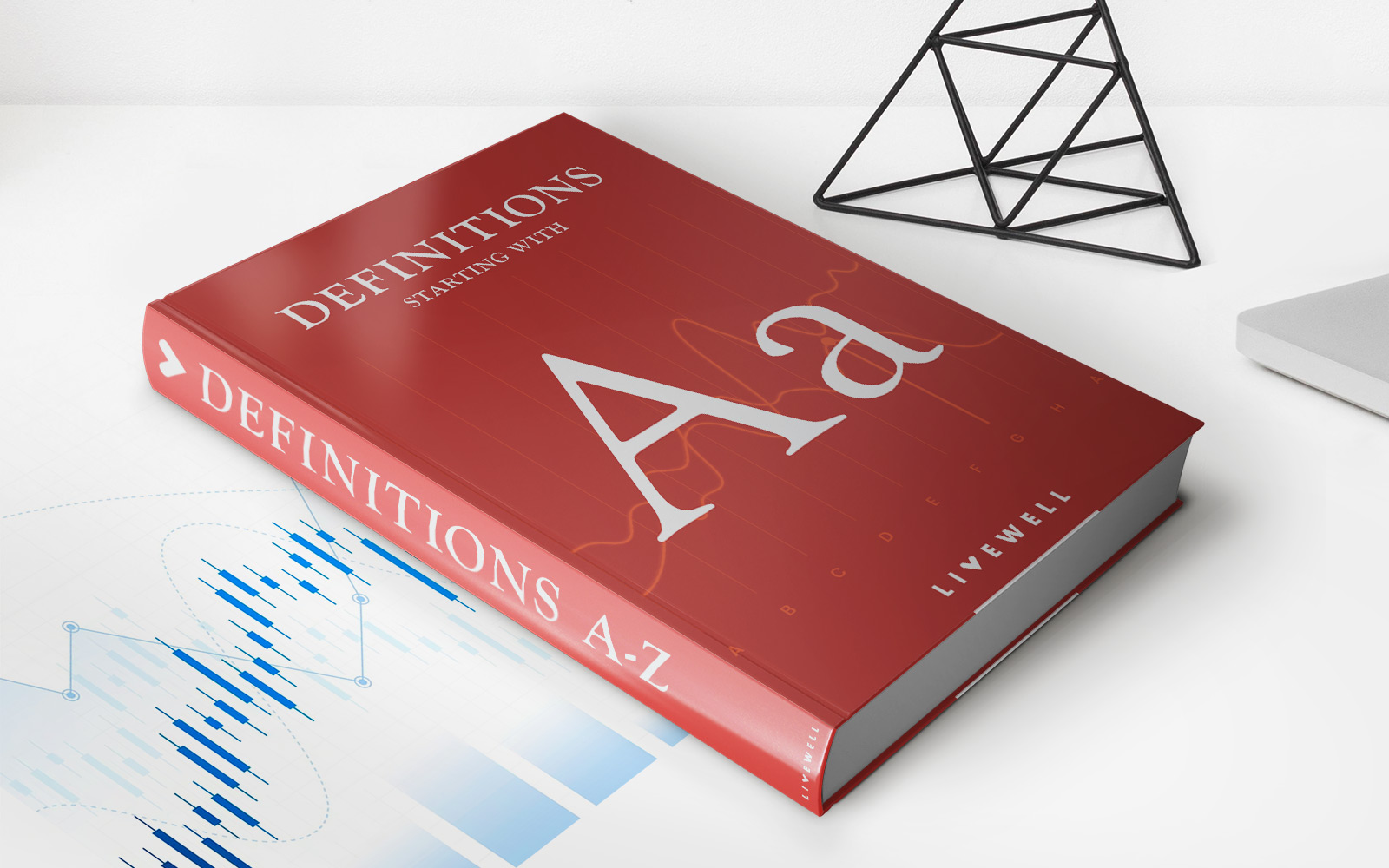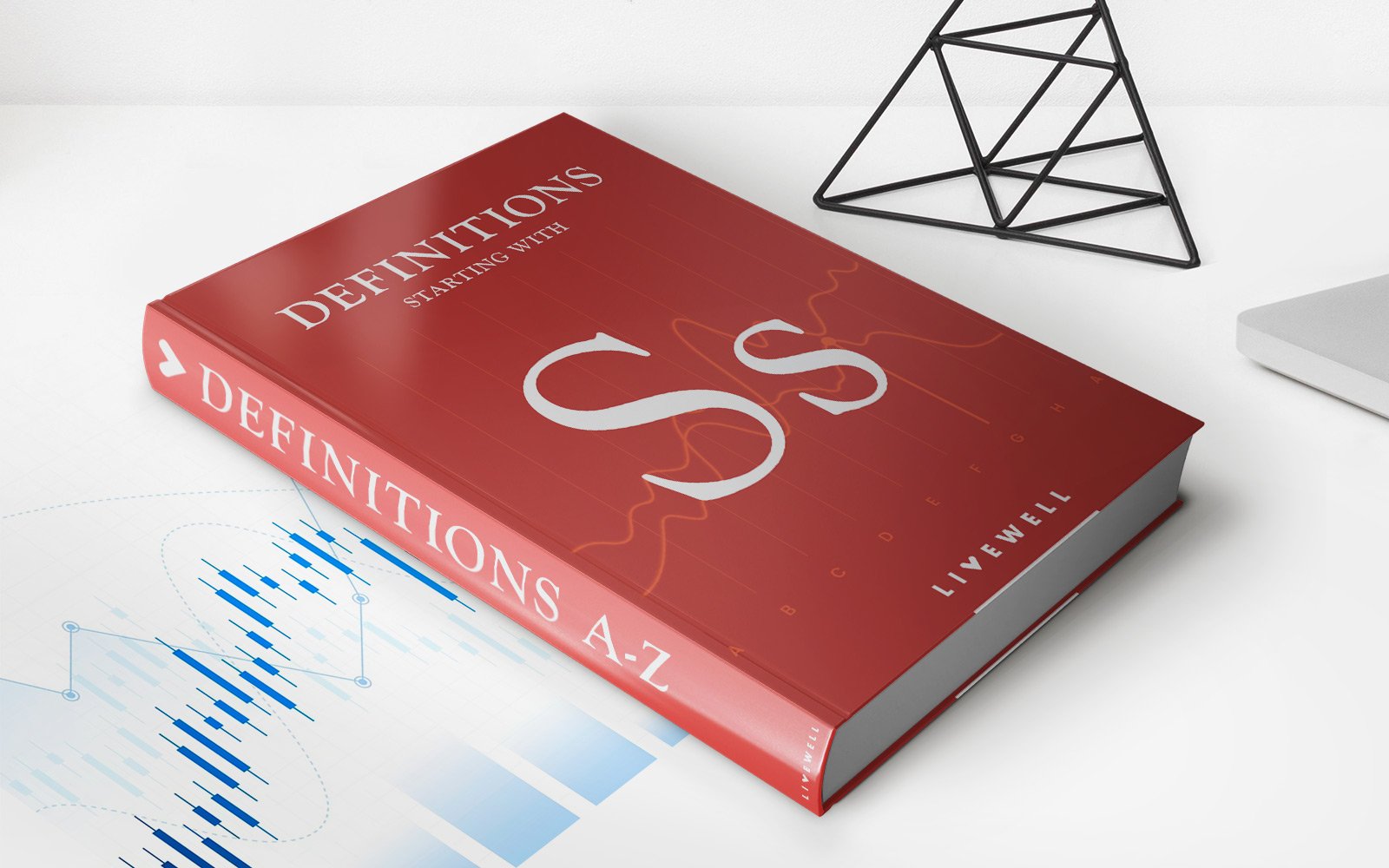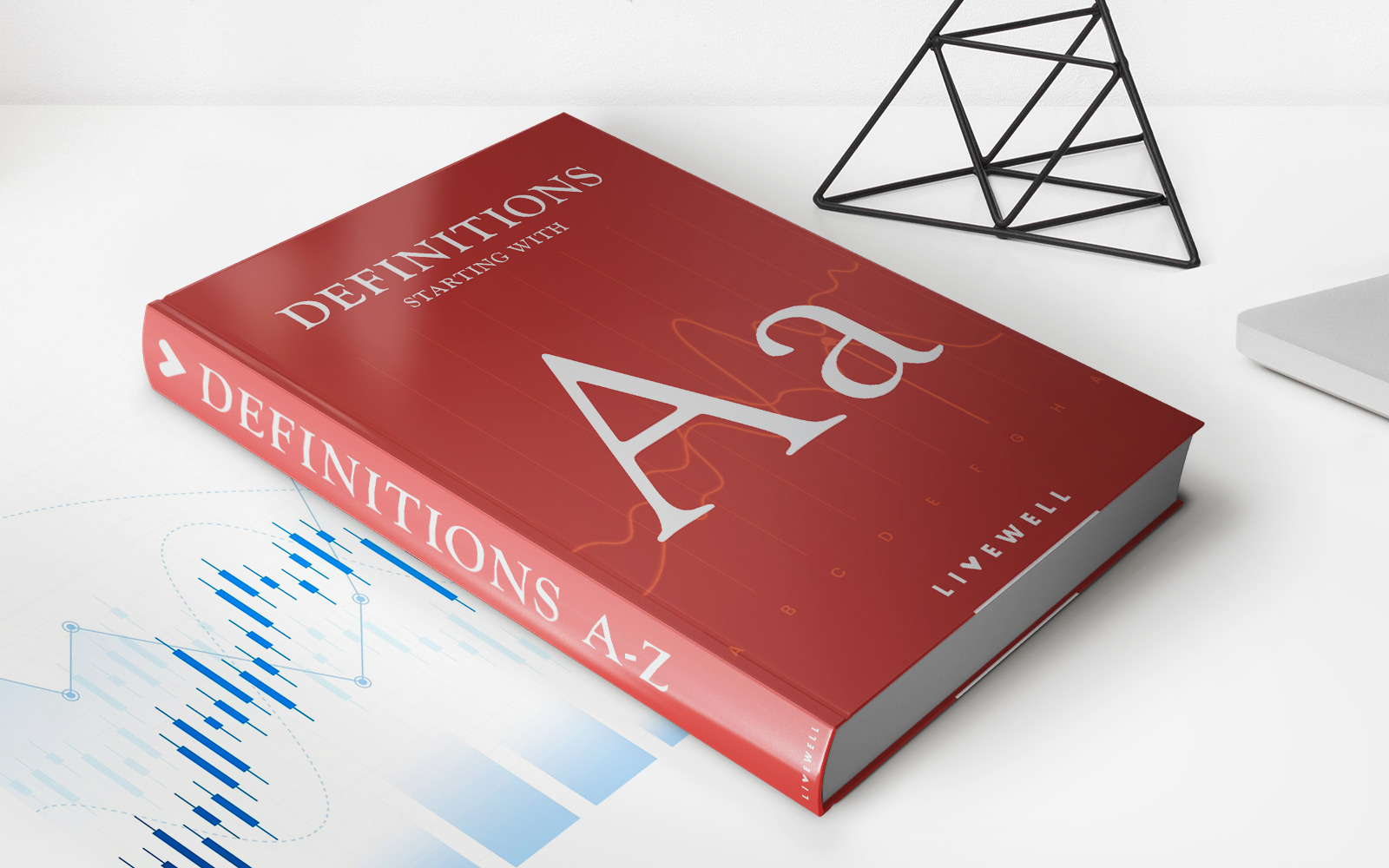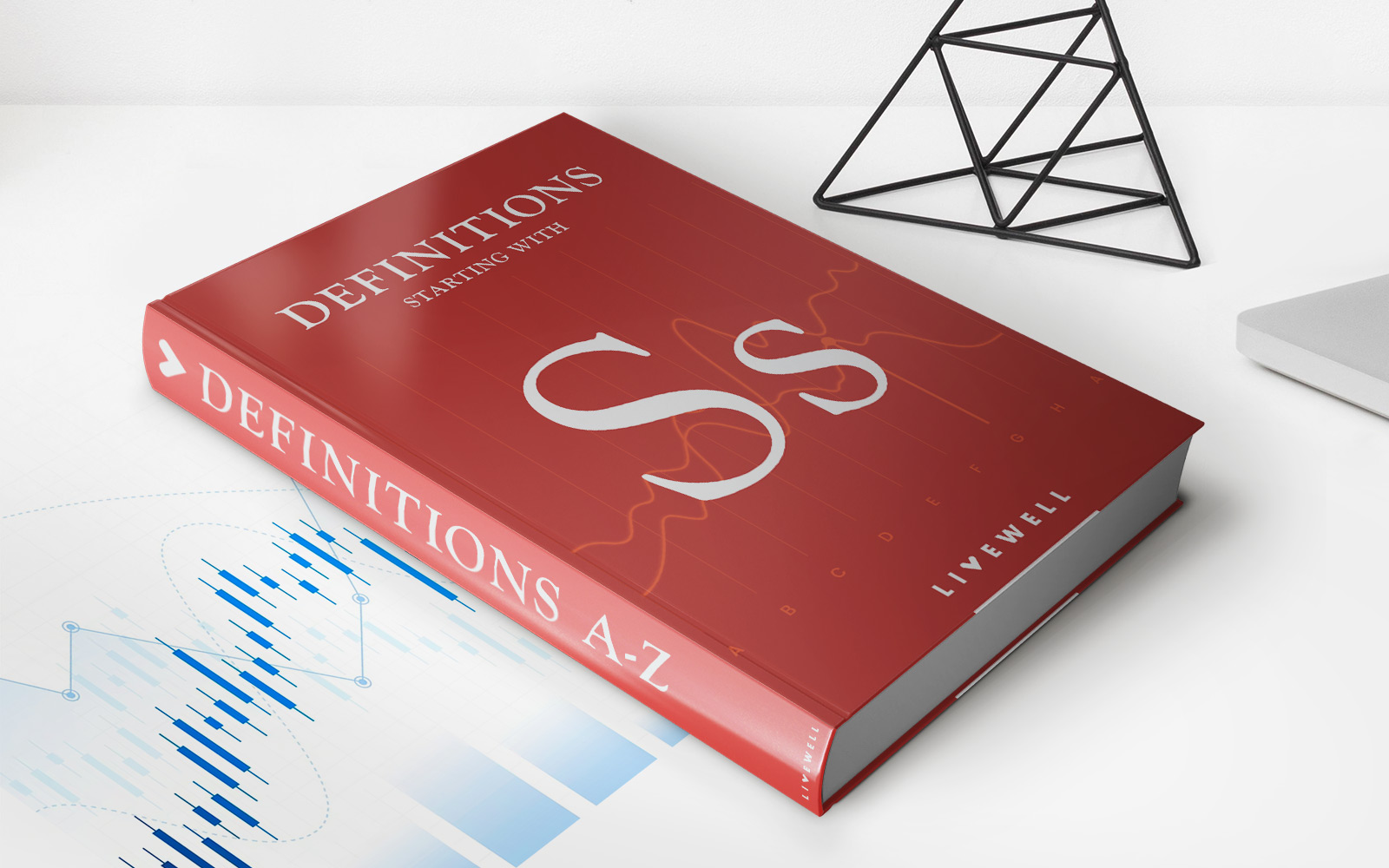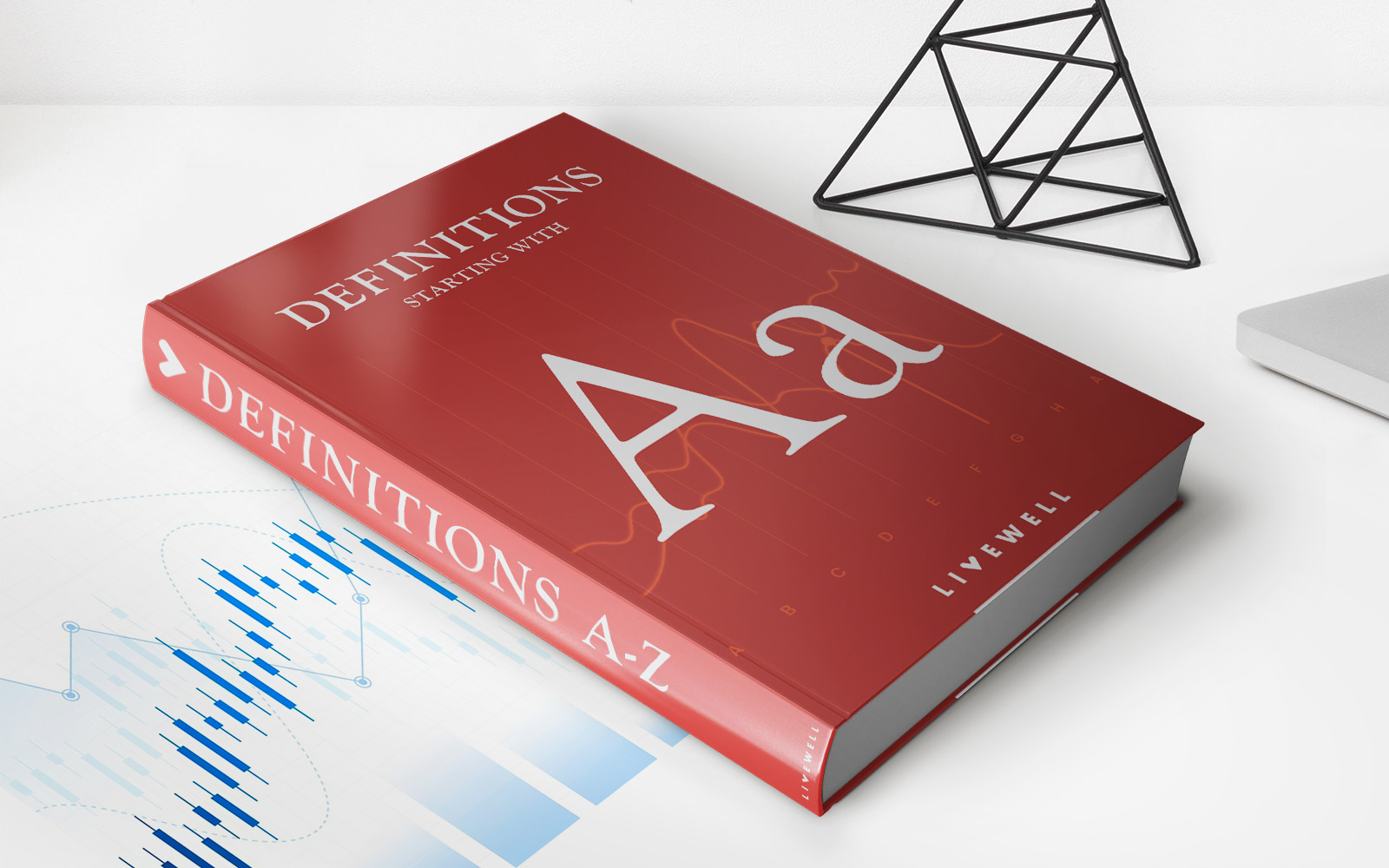

Finance
Adjusted Premium Method Definition
Published: October 1, 2023
Discover the meaning of Adjusted Premium Method in Finance and its significance in financial calculations. Explore how this technique is used to determine accurate premium values.
(Many of the links in this article redirect to a specific reviewed product. Your purchase of these products through affiliate links helps to generate commission for LiveWell, at no extra cost. Learn more)
Understanding the Adjusted Premium Method in Finance
When it comes to the world of finance, there are various methods used to assess and calculate risk. One such method is the Adjusted Premium Method. In this blog post, we will delve into what the Adjusted Premium Method is and how it can be used in financial analysis.
Key Takeaways:
- The Adjusted Premium Method is a technique used to evaluate the risk associated with financial instruments.
- It takes into account factors such as creditworthiness, market conditions, and other relevant factors to determine a fair premium.
But what exactly is the Adjusted Premium Method? Essentially, it is a method used to determine the appropriate level of premium or price for a specific financial instrument. This method takes into consideration various factors such as creditworthiness, market conditions, and other relevant information to calculate a fair premium for the desired level of risk.
How does the Adjusted Premium Method work? Let’s break it down:
- Evaluation of risk factors: The first step in the Adjusted Premium Method is to evaluate the risk factors associated with the financial instrument in question. This involves assessing the creditworthiness of the issuer, the current market conditions, and other factors that may impact the level of risk.
- Quantification of risk: Once the risk factors have been evaluated, the next step is to quantify the level of risk. This can be done using various statistical models, historical data, and other analytical tools to determine the probability of default or other unfavorable events.
- Determination of fair premium: After quantifying the risk, the Adjusted Premium Method calculates a fair premium for the desired level of risk. This premium takes into account all the evaluated risk factors and provides a price that compensates the investor for taking on the associated risks.
The Adjusted Premium Method is widely used in various financial sectors, including insurance, banking, and investment management. It allows these industries to assess and price risk accurately, ensuring that they are adequately compensated for taking on potential liabilities.
Key Takeaways:
- The Adjusted Premium Method is a technique used to evaluate the risk associated with financial instruments.
- It takes into account factors such as creditworthiness, market conditions, and other relevant factors to determine a fair premium.
In conclusion, the Adjusted Premium Method is an essential tool in the world of finance. By utilizing this method, financial institutions can accurately assess risk and set appropriate premiums for their offerings. Understanding the Adjusted Premium Method is crucial for anyone in the finance industry or individuals seeking to enhance their knowledge of financial analysis.
